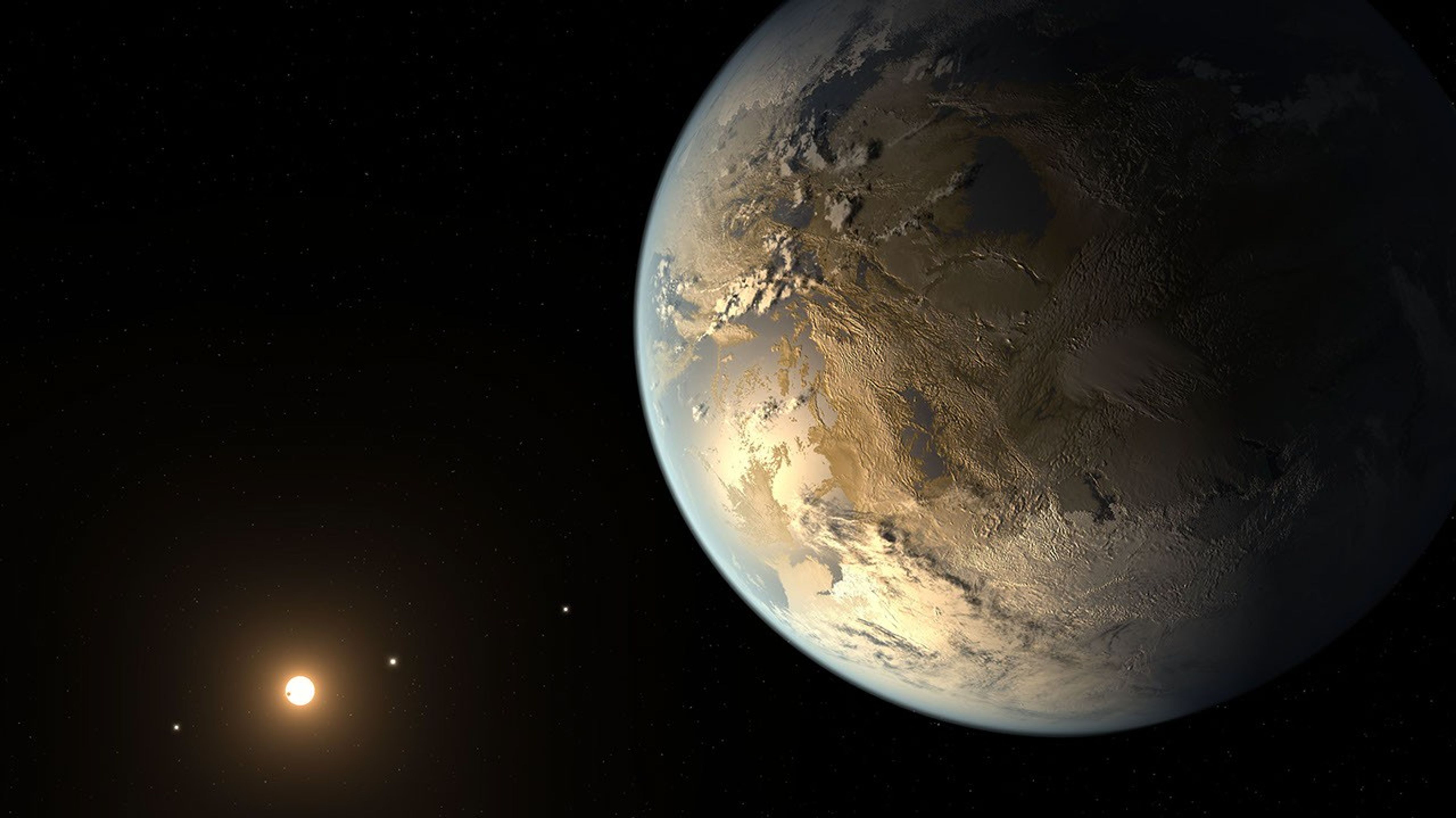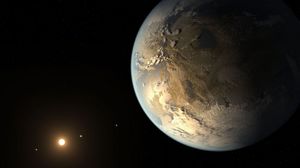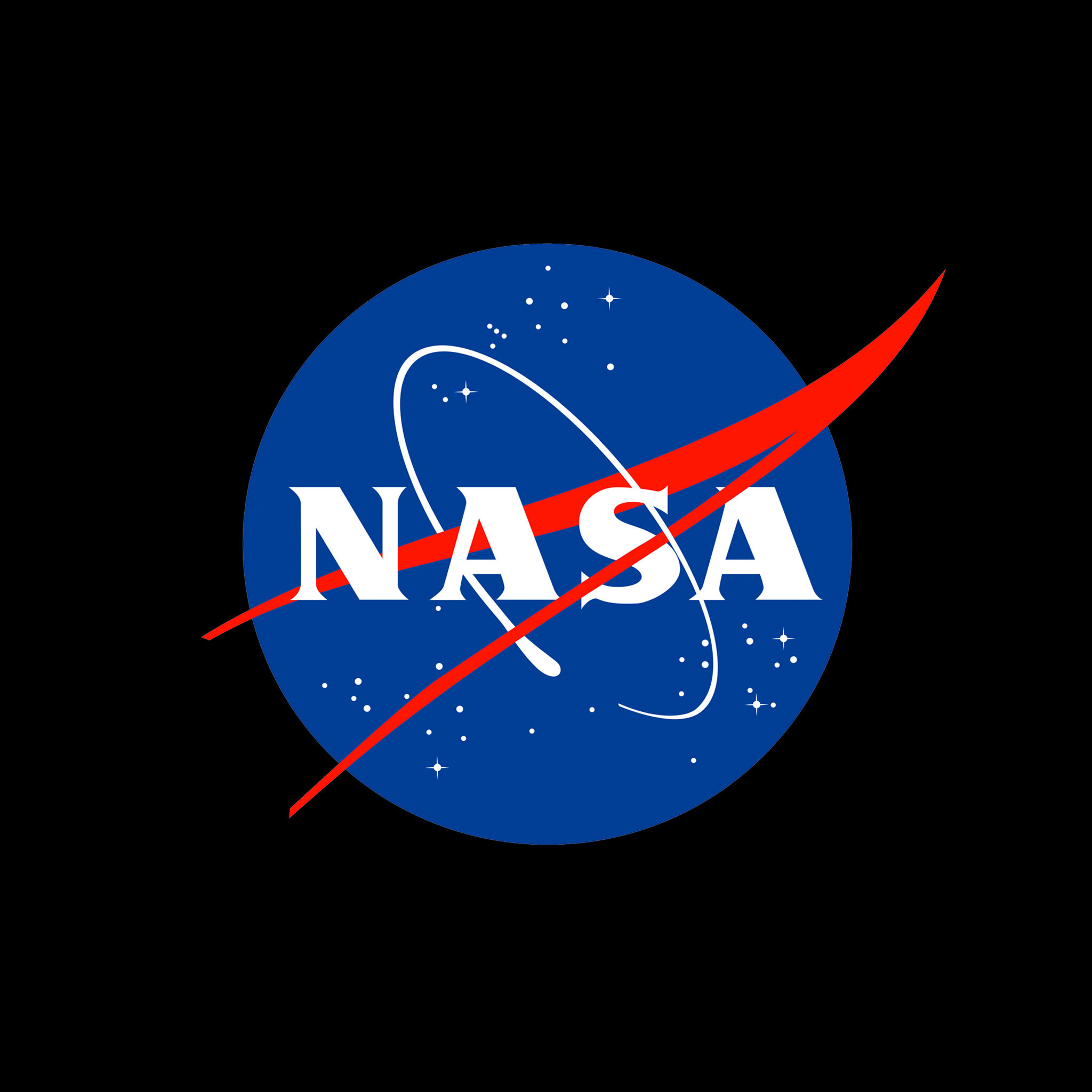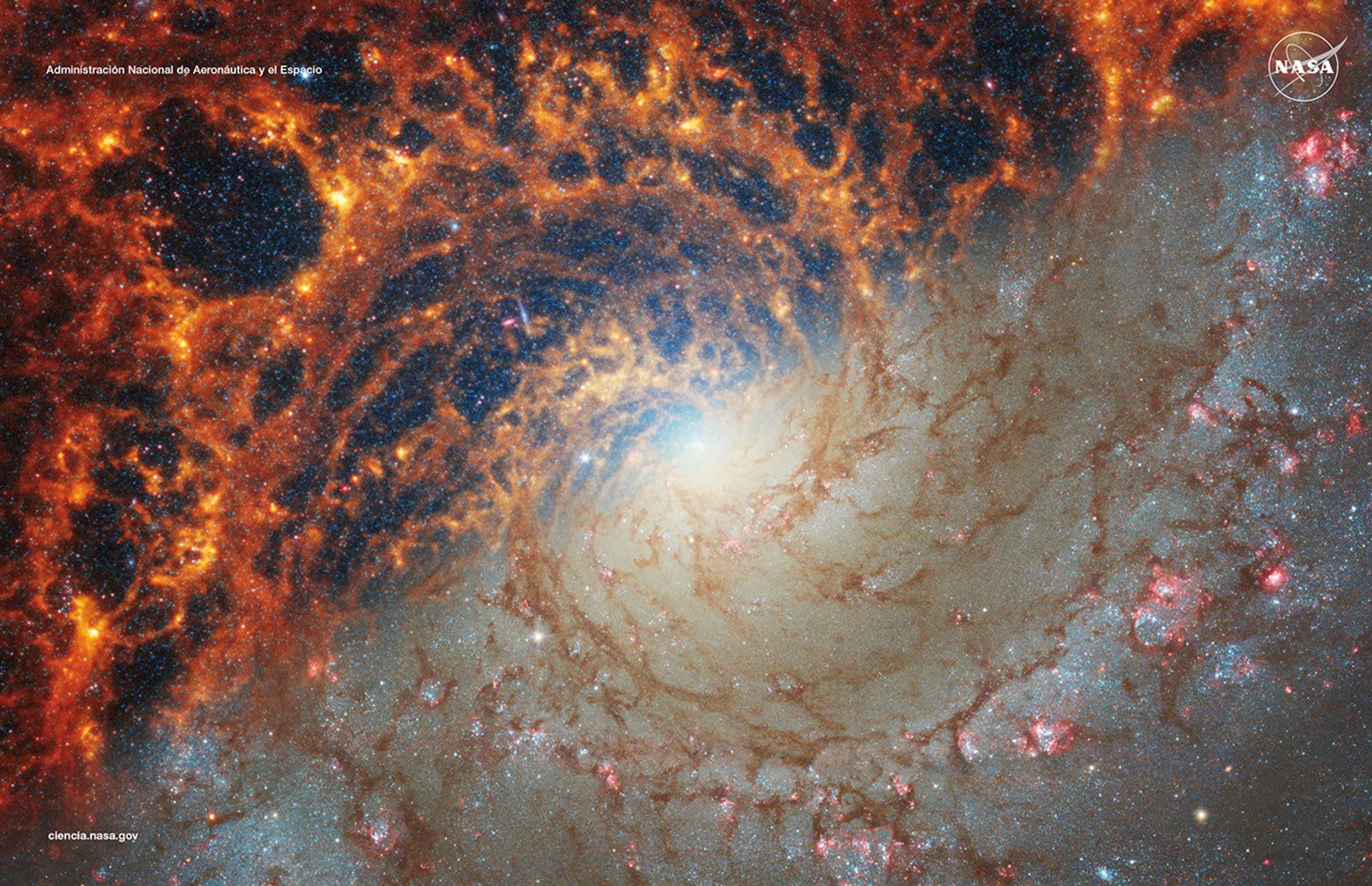Science Interest Group
Habitable Worlds Observatory
The Habitable Worlds Observatory SIG serves as a forum and focal point for the HWO community.
About HWO SIG
The Search for Earth-Like Planets in Habitable Zones
HWO is a large infrared/optical/ultraviolet space telescope recommended by the National Academies’ Pathways to Discovery in Astronomy and Astrophysics for the 2020s.
"Inspired by the vision of searching for signatures of life on planets outside of our solar system, and by the transformative capability such a telescope would have for a wide range of astrophysics, the priority recommendation in the frontier category for space is a large (~6 m diameter) IR/O/UV telescope with high-contrast (10-10) imaging and spectroscopy. This is an ambitious mission, of a scale comparable to the HST and JWST space telescopes. It is also one that will be revolutionary, and that worldwide only NASA is positioned to lead." (Text source: Decadal Survey on Astronomy and Astrophysics 2020 [Astro2020])
Habitable Worlds Observatory about The Search for Earth-Like Planets in Habitable Zones
Ultraviolet Astrophysics
Ultraviolet wavelengths are important to answer many questions in astrophysics. In addition to being sensitive to optical and near-infrared, Habitable Worlds Observatory will be sensitive to ultraviolet light.
Subscribe to the HWO SIG Email List
To join the list, send an email to HWO-SIG-join@lists.nasa.gov with Subject="join"
To unsubscribe, Send an email to HWO-SIG-leave@lists.nasa.gov with Subject="leave"
Your email address will be used only for the purpose of subscription to the selected email distribution list. For further information, read the NASA Web Privacy Policy.
HWO SIG Chairs
| Name | Institution | Program Analysis Group |
|---|---|---|
| Joe Burchett | New Mexico State University | Cosmic Origins |
| Jessie Christiansen | IPAC/NExScI | Exoplanet Exploration |
| Richard Massey | Durham University | Physics of the Cosmos |
| Laura Mayorga | JHU/APL | Exoplanet Exploration |
| Fabio Pacucci | CfA | Physics of the Cosmos |
| Vivian U | IPAC | Cosmic Origins |
News & Events
Meetings, conferences, seminars, workshops, and other SIG news and events.

We would like to invite you to our next virtual seminar: Wednesday, December 3rd, at 10:00 am PT / 1:00 pm ET / 6:00 pm BST / 7:00 pm CET. This is an excellent opportunity to stay informed on the…

Agenda Topic Speaker HWO SIG Welcome Vivian U Update from TMPO Giada Arney SAG Process Karl Stapelfeldt SAG Highlight #1: UV IFU Emily Witt SAG Highlight #2: Exozodi John Debes Walk on Discussion Laura Mayorga Seminar Connection Join the Seminar

We would like to invite you to the first Habitable Worlds Observatory Science Interest Group (HWO SIG) virtual seminar on Wednesday 8 October 2025 at 10a Pacific (1p Eastern). This seminar will feature an update from the Habitable Worlds Observatory…

Ultraviolet Astrophysics Ultraviolet wavelengths are important to answer many questions in astrophysics. In addition to being sensitive to optical and near-infrared, Habitable Worlds Observatory will be sensitive to ultraviolet light. Subscribe to the HWO SIG Email List To join the…

Building on the foundation of the Habitable Worlds Observatory (HWO) Technology Maturation Project Office (TMPO), NASA is now establishing the HWO Community Science & Instrument Team (CSIT). This team is crucial for bringing the expertise of the scientific community directly…

Dear Colleagues, We’re thrilled to share draft science cases that will help shape the top-level science goals, instrument needs, and mission architecture for the Habitable Worlds Observatory (HWO) — NASA’s next flagship mission in formulation for astrophysics, as recommended by…
News Straight to Your Inbox
Subscribe to your community email news list
We will never share your email address.



























